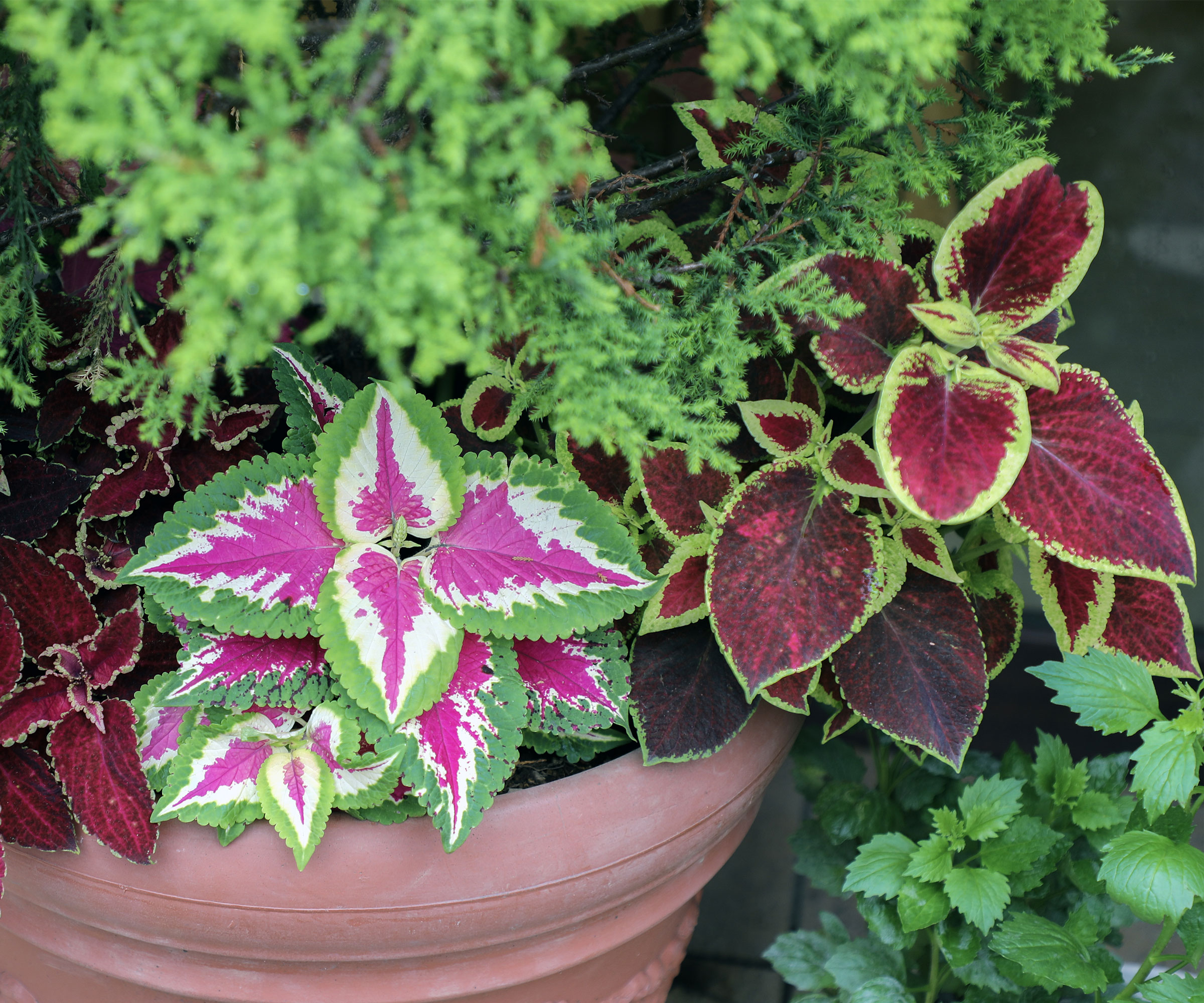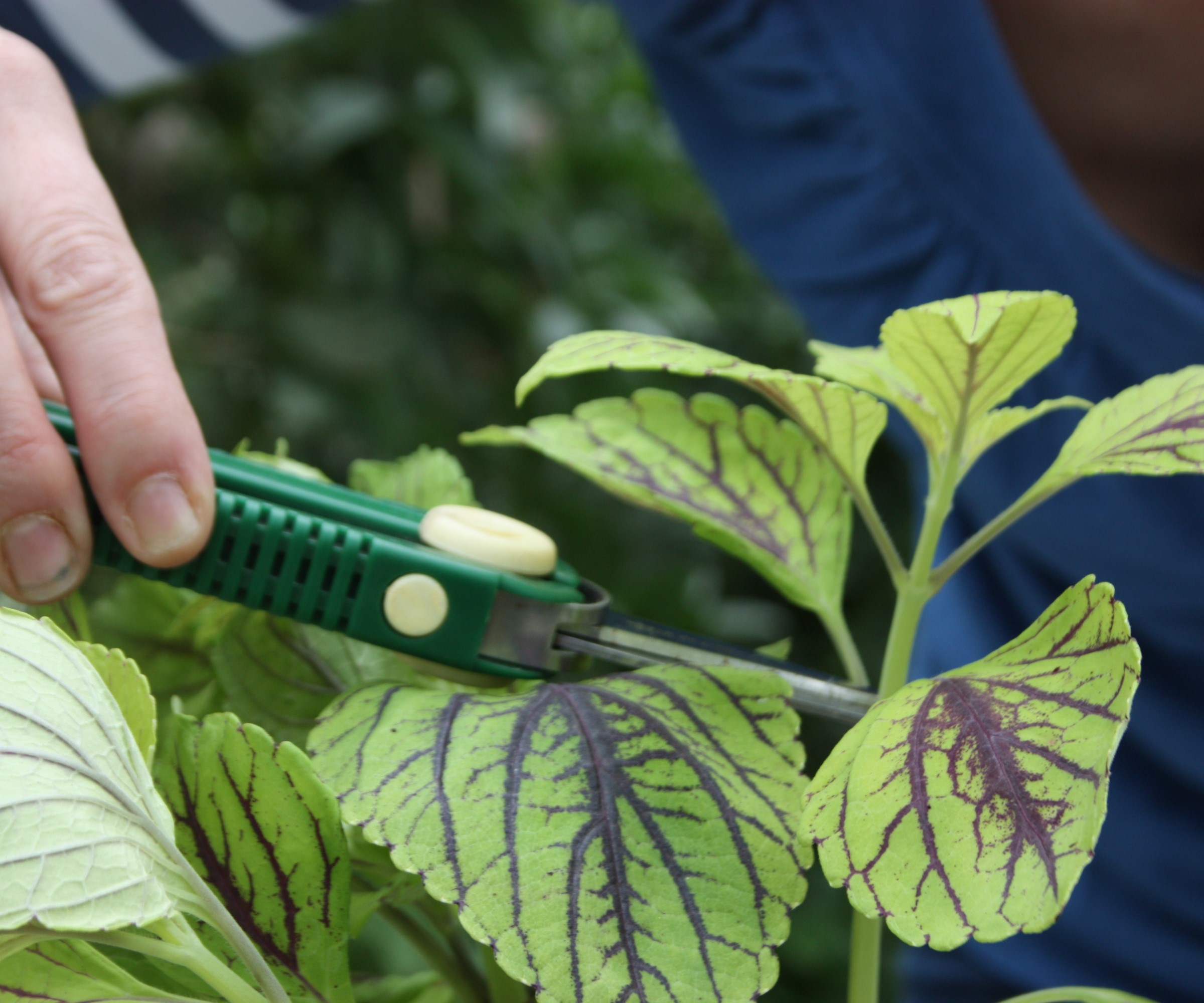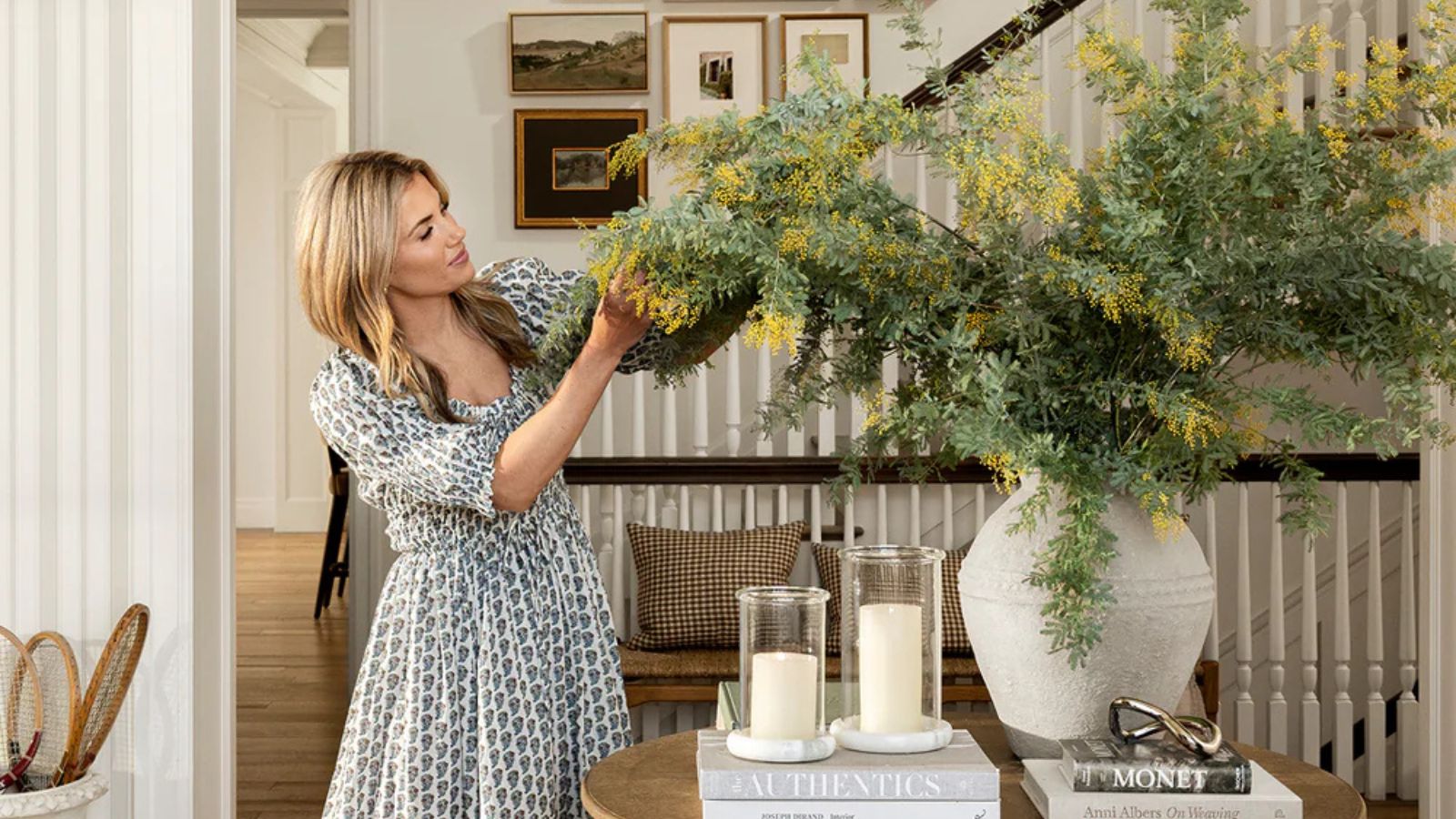How to propagate coleus – tips to grow new plants from cuttings or seed
Discover how to grow new coleus plants with expert advice for when and how to take cuttings and sow seeds


Coleus are hugely popular plants that are grown for their highly decorative and vivid foliage. They are versatile plants and can be added to summer bedding schemes, used as a great container plant for shade, or grown as houseplants for year-round tropical garden vibes indoors.
There are a lot of varieties of coleus to choose from, coming in a range of colors, sizes, and foliage texture. Coleus are simple to grow from seed in late winter or early spring, or cuttings can be taken in spring or summer to expand an existing coleus collection.
In terms of growing coleus, they do love a bit of shade and warmth and tend to be grown outdoors as annuals, with coleus only hardy in warmer climates such as US hardiness zones 10 and 11. If you do fall in love with coleus – and that would be understandable as there is such a range to choose from – then the great news is that it is simple to propagate more plants at home.

Coleus come in a wide array of foliage colors
How to propagate coleus from cuttings
The most common method of how to grow coleus from cuttings is through stem cuttings, and these can be rooted in either soil or water. It is a fairly simple process to do if you have a healthy existing coleus plant in your current backyard ideas to take cuttings from, and a pair of clean and sharp pruning shears to take the cuttings with.
Take cuttings in spring or early summer when the coleus plant is actively growing. It is possible to take cuttings in fall, but they will be slower to root. Larger and more mature coleus plants are the best to take cuttings from, as these will have lots of healthy shoots to choose from and will benefit from being cut back at this early stage of the season.
Jessica Mercer from Plant Addicts outlines a simple 6-step process of how to take cuttings from coleus to make sure they root successfully:
- Cut a piece of healthy stem 4-6 inches in length. Make your cut on the diagonal, just below a node. A node is a little ridge where new leaves are growing or will grow on the stem
- Remove all but the top set of leaves by either pinching them off with your fingers or cutting them with scissors. Remove any flowers or flower buds
- Dip the cut end in rooting hormone, available at Amazon, and transfer the cutting to a pot filled with seed or cutting compost
- Make sure at least one or two nodes are submerged in the medium, as this is where the new roots will form
- Cover the cutting with a plastic bag to retain humidity and slow evaporation
- Place the cutting in bright, indirect light to avoid scorching from direct sun. The temperature should be between 60-75°F
John Negus, a vastly experienced gardener, advises that if you do cover the cutting with a plastic bag it is always best to use small sticks to ‘keep the plastic from touching the leaves’ as leaves in contact with the bag can cause mold to form. As an alternative to using plastic bags, you can get pots with humidity domes that are also available at Amazon and ideal for raising cuttings in.
If you want to know how to propagate coleus in water, then take the cuttings as outlined above and, instead of putting the cuttings in soil, place them in a container filled with water. Submerge the roots in the water and place it somewhere that gets bright, yet indirect light. Make sure to change the water every few days.
Seedlings grown in either soil or water will be ready to be potted up once they have a good network of roots that are 1-2 inches long. Rooting should take a few weeks and be fairly obvious in water. However, when the cuttings are in compost, the signs to look for include new growth forming, roots coming out of the bottom of the pot, or the cuttings feeling attached to the soil when you give them a little tug, rather than sliding straight out.

Jessica Mercer, PhD, is the Senior Content Marketing Coordinator for Plant Addicts. As a “plant collector”, Jessica enjoys growing many different plants and learning about the best culture practices for each. Writing for Plant Addicts is a real joy for her, as she can use her science background to research interesting plant topics. She carefully considers how to best present the information to other gardeners.

Coleus cuttings should be 4-6 inches long
How to grow coleus from seed
Coleus seeds are commonly available from stores or online and they are simple to germinate. For example, you can see a range of coleus seeds at Burpee. If you intend to grow coleus as an easy indoor plant the seeds can be sown at any time of the year. When growing plants to go outdoors then the best time to sow the seeds indoors is at least eight weeks before your last expected frost.
Gardening expert Anne Swithinbank advises to ‘sow the tiny seeds thinly and evenly over the surface of moist seed compost’ and at temperatures of 68°F to 75°F. As coleus seeds need light to germinate, it is recommended to not cover the seeds with a thin layer of compost, but simply press them into the soil. Cover the seed tray with a clear lid or a plastic bag to keep the humidity high and consider using a heat mat to provide extra bottom heat.
The seeds should germinate within a few weeks, at which point you can remove the cover and continue to grow them on. Transplant seedlings into individual pots when they are a few inches tall and have at least two sets of leaves.
Anne Swithinbank adds: ‘When shoots grow longer than three inches, nip out the growing tips all over to encourage a bushy shape and prevent flowering. After the last frosts (usually late May or early June), harden them off gradually by placing them outdoors before planting into container gardens or flower beds.’

Having trained at Kew Gardens in London and worked in parks department nurseries and as Glasshouse Supervisor at RHS Wisley, Anne has been a freelance horticulturist since 1986. Anne writes for Amateur Gardening magazine in the UK and has been a panellist on BBC Radio 4’s Gardeners’ Question Time for 27 years.
If you are after tropical garden ideas, then adding coleus into your garden is a fantastic option. One of the best shade plants that can lift a dappled corner, they attract the eye with their extravagant foliage. Even if you do not have a space in the ground for them, coleus can be dramatic patio plants growing in pots or containers.
Sign up to the Homes & Gardens newsletter
Design expertise in your inbox – from inspiring decorating ideas and beautiful celebrity homes to practical gardening advice and shopping round-ups.

Drew’s passion for gardening started with growing vegetables and salad in raised beds in a small urban terrace garden. He has worked as a professional gardener in historic gardens and specialises in growing vegetables, fruit, herbs, and cut flowers as a kitchen gardener. That passion for growing extends to being an allotmenteer, garden blogger, and producing how-to gardening guides for websites. Drew was shortlisted for the New Talent of the Year award at the 2023 Garden Media Guild Awards.
-
 What is eco-brutalism? The naturalistic planting that pairs perfectly with brutalist design, and how you can get in on this emerging trend
What is eco-brutalism? The naturalistic planting that pairs perfectly with brutalist design, and how you can get in on this emerging trendThe angular concrete shapes of this modern architectural movement work beautifully when enhanced by natural planting for a softer edge
By Sarah Wilson Published
-
 I've had a first look at the McGee & Co. summer 2025 collection, and I think you're going to fall head over heels for the vintage-style rattan pieces
I've had a first look at the McGee & Co. summer 2025 collection, and I think you're going to fall head over heels for the vintage-style rattan piecesThe new McGee & Co. drop is full of vintage charm – and the scalloped coffee table is my standout pick for summer
By Charlotte Olby Published